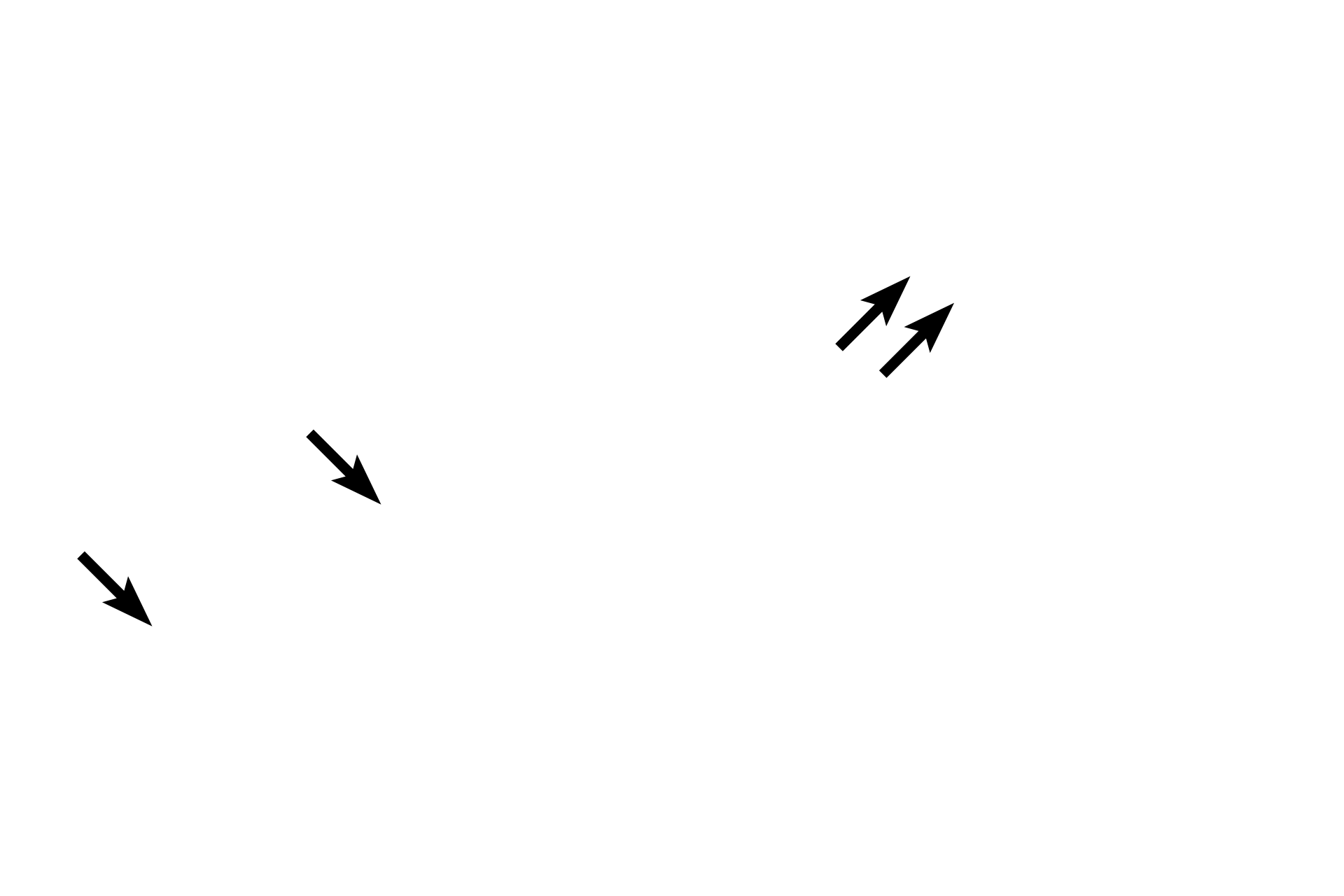
Cell shapes: squamous
Squamous cells are highly flattened such that their width is much greater than their height. These images show a single layer of squamous cells surrounding the glomerulus of the kidney (left) and in a small blood vessel (right) where they form the lining. Single layers of squamous cells are often found at surfaces where rapid exchange of gases or solutes is required. 1000x, 1000x

Squamous cell nuclei >
With the light microscope, it is not always possible to distinguish the cell outline, however, the shape of the nucleus often predicts cell shape, since it conforms to the dimensions of the cell. Squamous cells are often so flattened that the cytoplasm is reduced to a very thin layer.

Squamous cell cytoplasm
With the light microscope, it is not always possible to distinguish the cell outline, however, the shape of the nucleus often predicts cell shape, since it conforms to the dimensions of the cell. Squamous cells are often so flattened that the cytoplasm is reduced to a very thin layer.

Blood vessel
Squamous cells are highly flattened such that their width is much greater than their height. These images show a single layer of squamous cells surrounding the glomerulus of the kidney (left) and in a small blood vessel (right) where they form the lining. Single layers of squamous cells are often found at surfaces where rapid exchange of gases or solutes is required. 1000x, 1000x

Glomerulus
Squamous cells are highly flattened such that their width is much greater than their height. These images show a single layer of squamous cells surrounding the glomerulus of the kidney (left) and in a small blood vessel (right) where they form the lining. Single layers of squamous cells are often found at surfaces where rapid exchange of gases or solutes is required. 1000x, 1000x